Mid-air collision at Wings Over Dallas
This heartbreaking video is from the tragic midair collision at Wings Over Dallas.
The Boeing B-17, known as the Flying Fortress, is a World War II bomber designed by Boeing in response to a US Air Corps interest in a multi-engine bomber which could carry a “useful bombload at 10,000 feet for ten hours with a top speed of at least 200 mph/320 km/h.
Boeing’s prototype, described by a journalist as a “15-ton flying fortress”, flew from Seattle to Wright Field in nine hours and three minutes with an average cruising speed of 252 miles per hour. Its performance blew away the competition and the US Air Corps put in an order for 65 aircraft before the “fly off” had even finished.
However, a few days later, the B-17 prototype stalled after take-off, killing both the Wright Field Material Division Chief of the Flying Branch, who was the pilot in command, as well as the Boeing chief test pilot who was on board to advise.
Afterwards, it was found that the control surface gust lock had not been released before take-off, making it impossible to control the aircraft. The crash lost Boeing the contract and almost bankrupted the company, which had invested six million US dollars into the prototype.
The order for sixty-five aircraft was quickly cancelled. Instead, the Air Corps ordered 133 twin-engined Douglas DB-1 bombers instead. Despite the tragic crash, many in the Air Corps still believed in the superiority of the B-17 and ordered thirteen bombers from Boeing. These were delivered by Boeing along with a suggestion to incorporate a preflight checklist — now standard for all aircraft. The B-17 Flying Fortress continued to deliver, with later models including a higher service ceiling and higher maximum speeds.
When Pearl Harbor was attacked, two hundred B-17s were in service, with an order in place for several hundred more.
I wrote about a B-17 in the 398th B-17 bomb group in the US Eight Air Force in 1944, when a Flying Fortress took a direct hit over Cologne. With a nose that looked like a scrap heap, no oxygen, no maps, no radio and practically no instruments, the crew believed they had no chance of making it back to safety. It’s a great example of the power of the B-17: The Amazing Story of the B-17 Flying Fortress
A total of 12,731 aircraft had been built by the end of the production in May 1945 and the B-17 had become a symbol of United States air power.
Less than fifty B-17s have survived, of which ten were still flying.
Now that number is nine.
Texas Raiders was a B-17G-95-DL, manufactured by Douglas Aircraft Company in Long Beach, California in 1945. It served in the United States Army Airforce and the United States Navy before being abandoned to an Arizona boneyard. The Aero Service Corporation purchased the B-17 and used it for aerial surveys for ten years. Made obsolete a second time, she came to the attention of the Commemorative Air Force.
The Commemorative Air Force began when a group of ex-service pilots pooled their money together to buy a P-51 Mustang in 1957. The group continued to purchase and maintain warplanes, developing a mission to save examples of every aircraft that flew during World War II. The airworthy planes in the collection make up the CAF Ghost Squadron.
They purchased Texas Raiders in 1965 and got it back into operation in 1974. In 2001, they began offering passenger flights, allowing thousands of people the experience of travelling in a B-17. At a recent airshow, a tour through the B-17 was $5 for kids, $10 for adults, $475 to ride in the back or $750 riding in the nose.
Wings Over Dallas is a World War II airshow hosted by the Commemorative Air Force at Dallas Executive Airport.
The seventh Wings Over Dallas airshow took place last weekend.
On Saturday, the 12th of November, a Bell P-63F Kingcobra collided with the B-17 during the demonstration flight.
Bell Aircraft only built two P-63F models and this was the only one which survived the war. The pilot, Craig Hutain, had over 34,000 hours of experience, had flown with the Commemorative Air Force for fourteen years and was looking forward to retiring from United Airlines in two years to fly warbirds full time.
Col. Kevin Michels, a historian and one of the crew members of Texas Raiders, described the B-17 as “like flying a Mac Truck with no power steering.”
Both aircraft were destroyed.
BREAKING: New angle of the mid-air collision obtained by @WFAA shows B-17 and other aircraft flying formations at WingsOverDallas at 1:21p today, when it was hit by a P-63 and fell to the ground over the airfield at Dallas Executive Airport (RBD). pic.twitter.com/6NAS93b3re
— Jason Whitely (@JasonWhitely) November 12, 2022
There were five airmen on board Texas Raiders and one pilot in the P-63. There were no survivors. The Commemorative Air Force has put up a page for the airmen who were lost.
This video from the NTSB shows the investigators at the scene.
There’s a lot of speculation but no real solid information on what happened, just yet. I wanted to write about the airshow but, to be honest, I found watching the videos of the crash so distressing, I couldn’t bear to try to speculate as to what happened.
That said, this AOPA Air Safety Institute video by Richard McSpadden, former Flight Leader of the USAF Thunderbirds, has been recommended to me as a respectful and insightful analysis of the crash.
Neither aircraft carried data recorders, so the investigation will need to be focused on the recovered wreckage and the demonstration plan, to discover how it happened that the aircraft ended up at the same level.
An NTSB spokesperson has said they expect a preliminary report in four to six weeks.


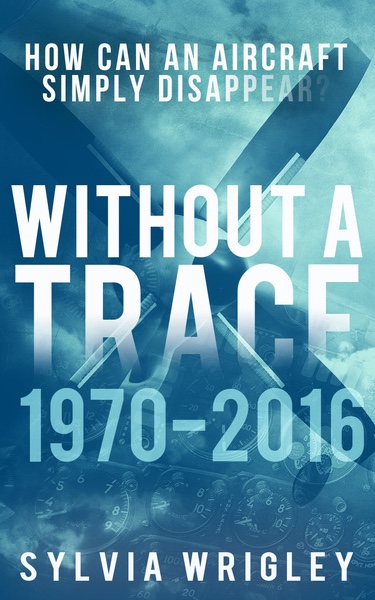
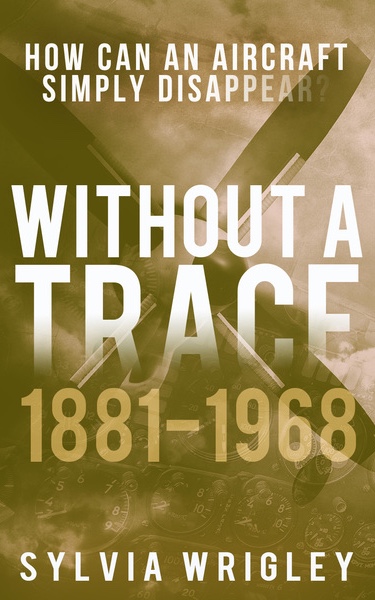
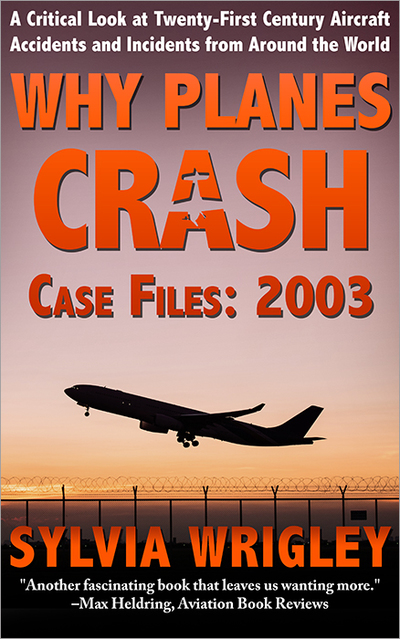
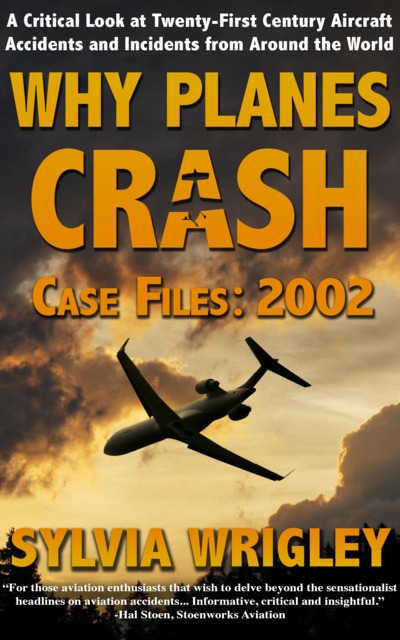
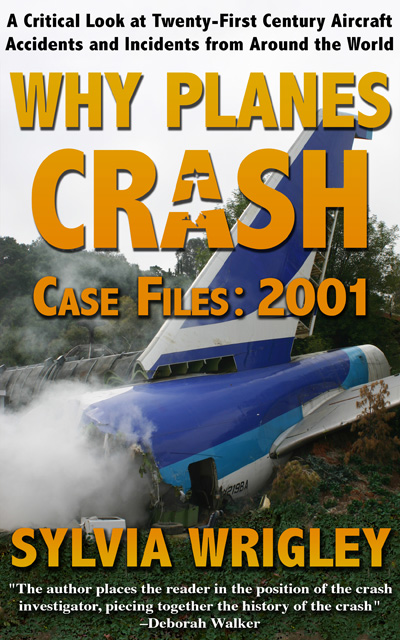

I saw one of the earlier Wings over Dallas air shows when I was visiting customers in the US, if I remember correctly back in 2016. I got to chat to some of the pilots afterwards. True enthusiasts, who just want to keep these planes flying and share them with the world.
It is really sad how many people died, and the McSpadden early analysis is as you say both respectful and insightful.
If anyone wants to look at the ADS-B data for the two planes the links is:
https://globe.adsbexchange.com/?icao=a8f4c3,a9ae4a&lat=32.650&lon=-96.847&zoom=13.8&showTrace=2022-11-12×tamp=1668280915
Perhaps relevant that on the previous pass, the P63 appeared to follow the line taken by the B17 at the time of collision, but that is just an observation from a non-pilot, and I wasn’t able to get the tracks for the other fighters for comparison.
Hopefully the NTSB analysis can help avoid something similar in future.
Thoughts are with the aircrew, their families and their colleagues.
It would be handy to know what the brief was, if there was a plan at all. It looked like the bomber was flying mostly straight and level, whereas the fighter was tearing through the same airspace mostly unsighted. Frankly it looks like boneheaded stupidity. I know that is unfair but I’ve seen it over and over.
I was at the Biggin Hill airshow in 1980 when an A26 crashed. Pilot tried a barrel roll at low level. Once he got inverted and the nose dropped in a stall, I just knew there was no way to recover that. It later turned out that the pilot had psych issues, and his physician bitterly regretted clearing him to fly. At least that’s what I heard. Who knows?
Very sad. indeed
I suppose that you have ignored the “WW 1”; of course, just about everyone knows that the B17 was a WW II aircraft.
If not, well the performance figures should have been an indication.
Oh for goodness sake! Fixed!
The NTSB apparently hopes to be able track the aircraft flight paths from spectator video, and possibly some GPS units recovered from the wreckage; I’ve watched two NFSB press briefings on the NTSB channel on youtube. These early briefings mostly focus on the conduct of the investigation. There’ll probably be a preliminary report with the facts in ~6 weeks, and the final report with full analysis in 12-18 months.
On a related note, what is the aircraft shown in the banner at the top of this page? It looks like a WW2 fighter to me.
It’s a Spitfire.
https://fearoflanding.com/photography/spirit-of-north-weald/
There’s not a great reason for this, other than it’s a good looking plane and I didn’t know what else to put in the banner once we sold the Piper Saratoga.
I presume you are talking about the spit? A late mark with five blade prop and high tail so Griffon engine.
Well, I ignore why my comment appeared as the answer to Mendel’s comment, so, let me write it on the right place, and, please, delete the previous one
This is my comment
Sylvia, this may be to throw a cat among the pigeons, but… do you think that airshows are really useful? pilots doing stunts to amuse watchers may not be a good idea. Rest the pilots in peace
Well, I don’t know. It’s part of the early tradition of aviation. Those countries who had the displays and the barnstorming and the daredevils became very strong in terms of the early technology. Airshows now give people a chance to experience these aircraft, both historical and modern, in an up close and personal manner. I daresay my own love of aviation is rooted in attending airshows with my dad.
So I don’t see it as just stunts for amusements but the only way, for most people, to share in the joy of aviation, rather than just the tedious transport in passenger planes. But then, after an event like this, it becomes harder to justify.
I guess if I had to comment on it sensibly, I’d start by looking up deaths compared to other dangerous past times. One question I would delve into is whether the risk to the audience has been alleviated, which has to be considered as a critical part of this.
All that is really a long-winded way of saying I don’t know. But I think it’s a cat worth watching.
Instead the P63 appeared tobe in hard lefthand turn at a consideral bank between.45 and 170 degree at speed. Hence the devastation of the impact. This being the case was such a manoeuvre in the plan or was the B17
traveling at their prescribed speed being at their display altitude which some may say was to low therefore a risk to faster single seaters already queuing behind at higher altitude. My sincere condolences to the crews of the aircraft and to their families together with their friends
The NTSB has published a preliminary report on the Wings Over Dallas accident CEN23MA034 at https://data.ntsb.gov/carol-repgen/api/Aviation/ReportMain/GenerateNewestReport/106276/pdf . It says:
Dallas Midair Tragedy: New Videos Show Startling Change in Flight Path of P-63
The video surfaced as fringe outlets are reporting a possible drone strike.
By Isabel Goyer Updated November 30, 2022
“Multiple foreign news outlets shared a video earlier this week that appears to show a foreign object striking the Bell P-63 Kingcobra just moments before it dove into the midsection of a Boeing B-17 at the Wings over Dallas Air Show. …”
https://www.planeandpilotmag.com/news/the-latest/2022/11/30/dallas-midair-tragedy-new-video-shows-startling-change-in-flight-path-of-p-63/
The final report is out. NTSB also put a summary on youtube, and it includes a flight track animation along with the radio instructions from the air boss. You can find it halfway down the page: https://www.ntsb.gov/investigations/Pages/CEN23MA034.aspx
Excerpt: